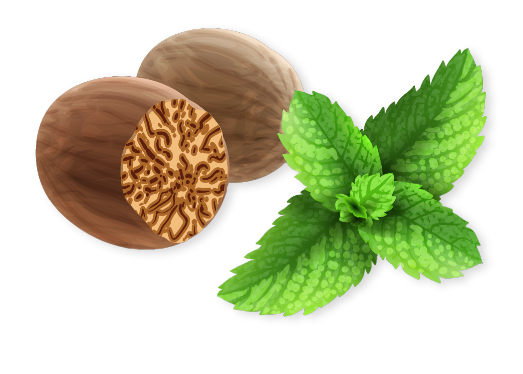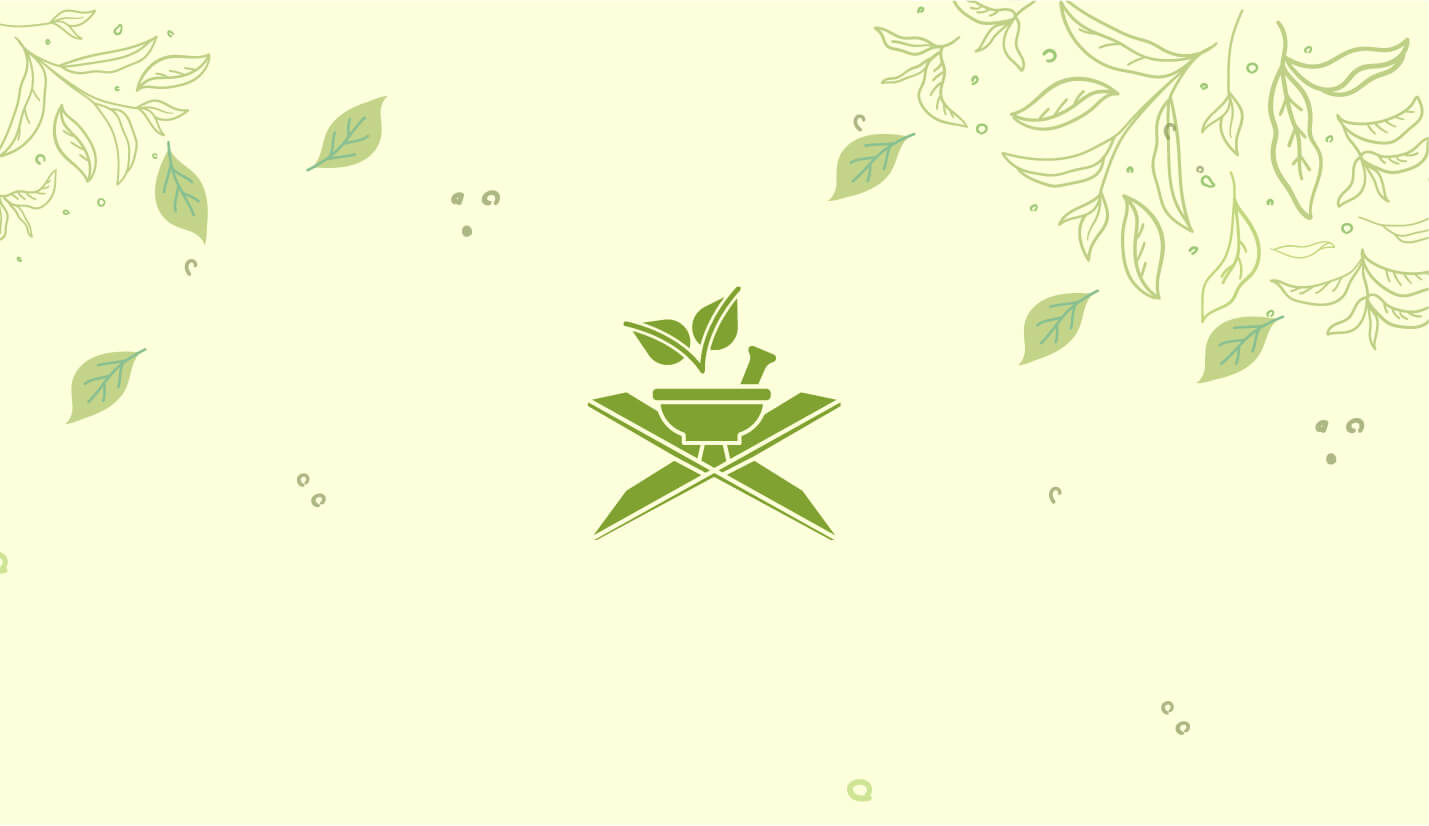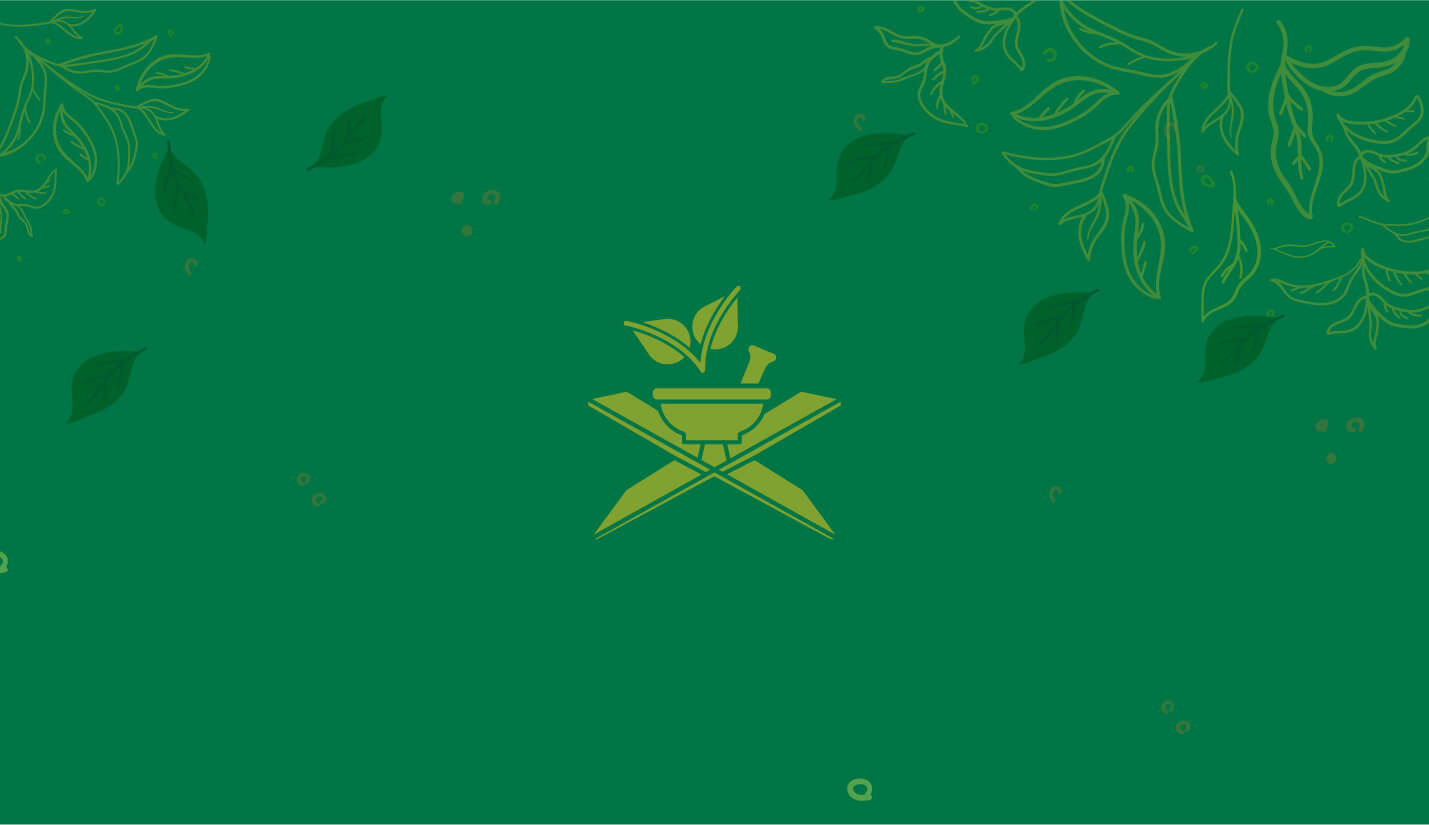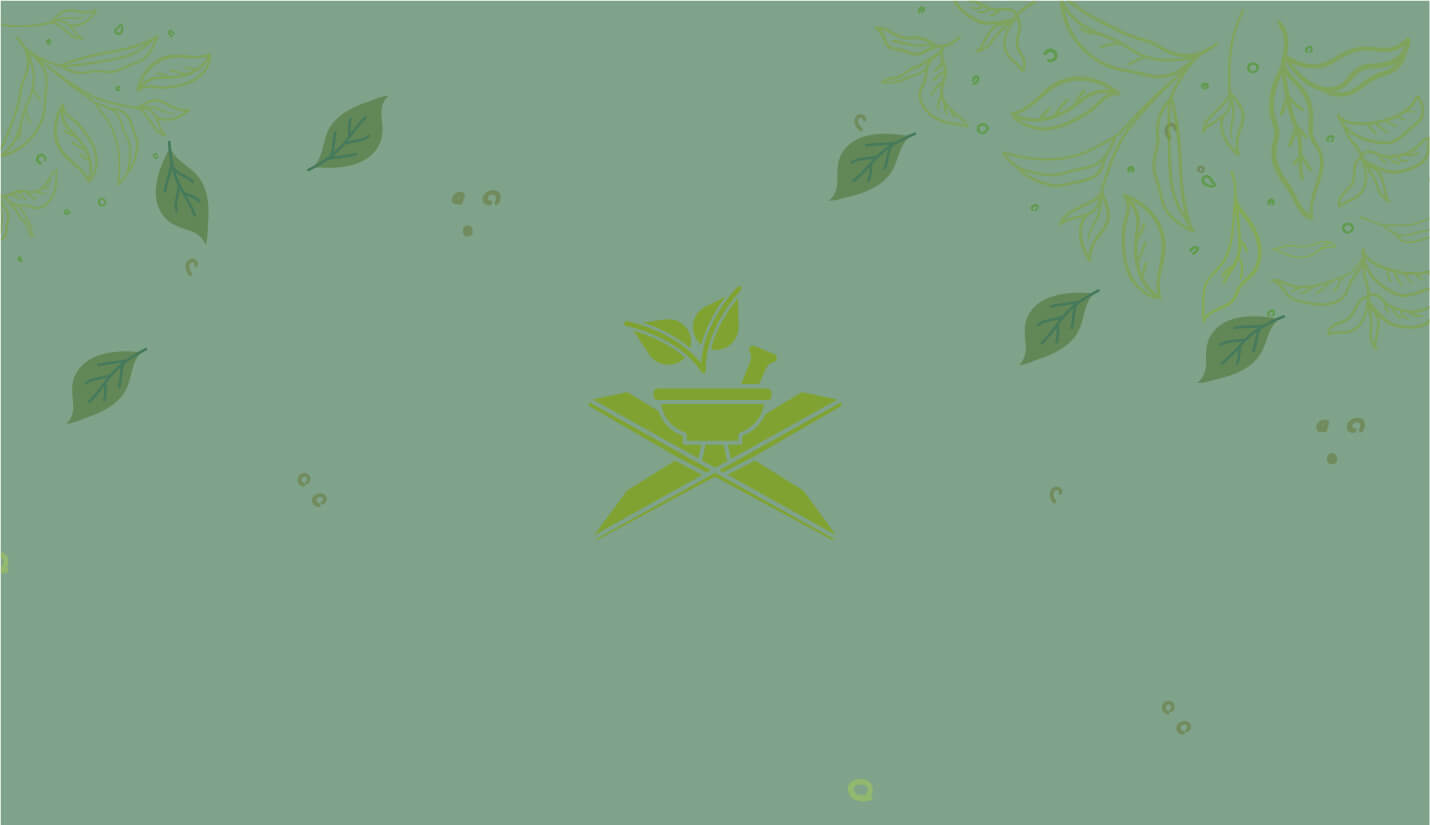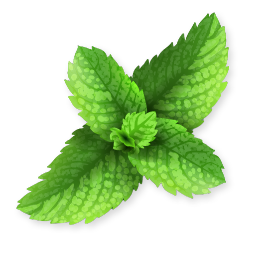Ayurveda for Shoulder Ligament Tears
Monday, November 20, 2023Shoulder ligament tears are a common injury, particularly among athletes and those who engage in repetitive shoulder activities. Conventional treatments include physical therapy, pain medications, and sometimes surgery. However, Ayurveda, an ancient system of holistic healing originating in India, offers a unique perspective and approach to healing such injuries. This article delves deep into how Ayurveda can be employed to treat shoulder ligament tears.
Understanding Shoulder Ligament Tears: The Ayurvedic Perspective
Shoulder ligament tears, in the Ayurvedic context, can be linked to an imbalance in one or more of the three doshas: Vata, Pitta, and Kapha. The shoulder is primarily governed by the Vata dosha, which is responsible for movement and circulation in the body. A ligament tear could indicate an excess of Vata, leading to dryness, brittleness, and a decrease in the body’s natural lubrication.
Ayurvedic Doshas and Their Influence
| Dosha | Properties | Relation to Shoulder Injury |
| Vata | Movement, circulation | Governs the shoulder; an imbalance might result in dryness and brittleness. |
| Pitta | Transformation, metabolism | Excessive inflammation and pain post-injury can indicate a Pitta imbalance. |
| Kapha | Structure, lubrication | A deficiency may lead to weakened shoulder support and resilience. |
Ayurvedic Treatments for Shoulder Ligament Tears
- Herbal Oils and Panchakarma:
- Abhyanga (Oil Massage): A therapeutic massage using warm medicated oils specific to one’s dosha imbalance. This treatment can enhance blood circulation, reduce inflammation, and promote healing.
- Janu Basti: Involves pooling warm medicated oil over the injured area, allowing it to deeply penetrate and nourish the tissues.
- Ayurvedic Herbs:
- Ashwagandha: Known for its rejuvenating properties, Ashwagandha promotes tissue regeneration and strengthens muscles and ligaments.
- Guggul: Renowned for its anti-inflammatory properties, Guggul aids in reducing swelling and pain.
- Ayurvedic Diet for Healing:
- Incorporating warm, nourishing foods to balance Vata.
- Reducing cold and dry foods that aggravate Vata.
- Including foods that are naturally anti-inflammatory to manage pain.
- Pranayama and Yoga: Specific breathing exercises (Pranayama) and gentle yoga poses can help in enhancing circulation, reducing stiffness, and strengthening the shoulder.
Benefits of Using Ayurveda for Shoulder Ligament Tears
- Holistic Approach: Ayurveda doesn’t just treat the symptom but addresses the root cause, ensuring a more comprehensive healing process.
- Natural Remedies: Ayurvedic treatments primarily use herbs, oils, and natural substances, reducing the risk of side effects.
- Personalized Treatment: Ayurveda emphasizes individualized treatments based on one’s unique constitution and imbalance.
Considerations and Precautions
While Ayurveda offers a plethora of benefits, it’s essential to:
- Consult with a qualified Ayurvedic practitioner before beginning any treatment.
- Consider integrating Ayurveda with conventional treatments, especially for severe injuries.
- Always ensure the source of Ayurvedic medicines and oils is genuine and reputable to avoid complications.
Ayurveda offers a promising alternative or complementary route for those suffering from shoulder ligament tears. With its emphasis on balancing the body’s natural energies and harnessing the power of nature, it aims to heal the body from within. As with any treatment, understanding one’s body, being patient, and consulting with experienced practitioners is the key to a successful healing journey.
You can write to us.
BOOK APPOINTMENT
